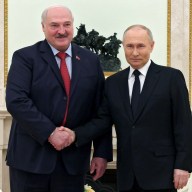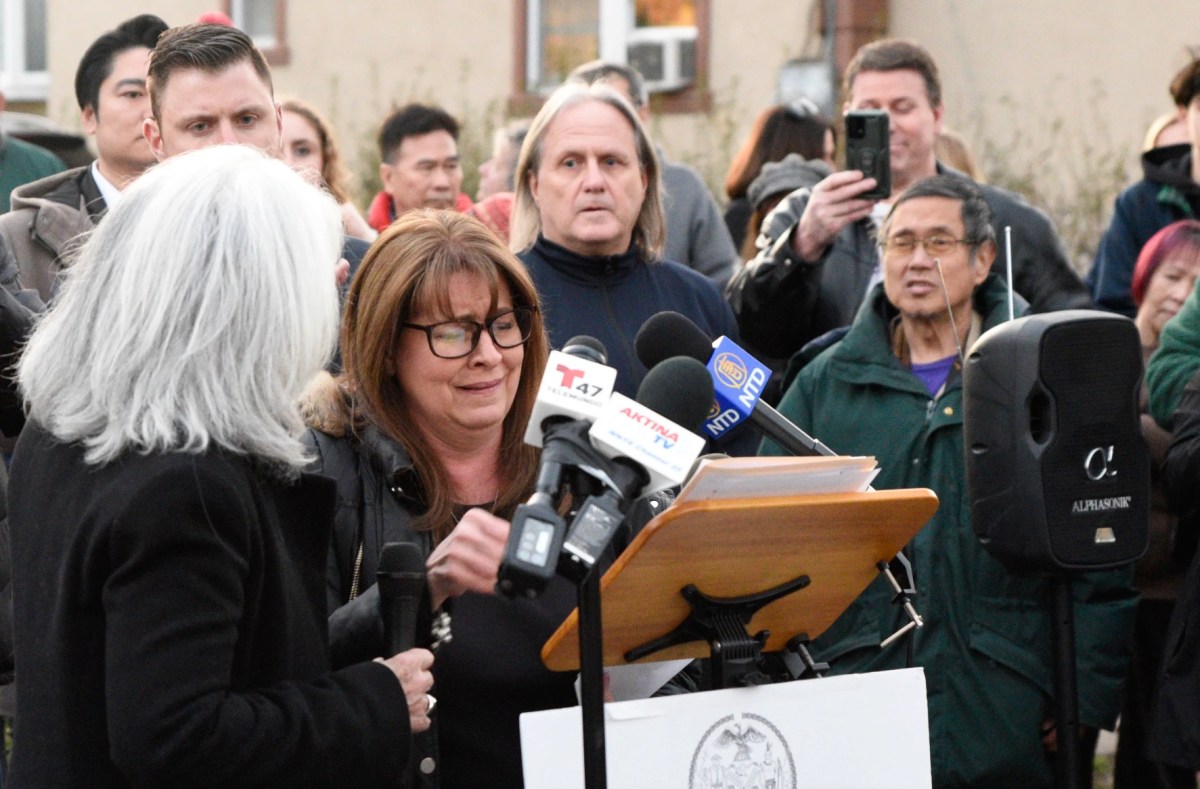GTA riders have been hearing a lot about future transit plans, however we want relief now — not in several years. So this week I’ve been focusing on improvements coming in the short term.
Tuesday’s In Transit covered the significant increases coming to the TTC bus network throughout 2008, plus some modest improvements to train and streetcar frequency.
GO Transit has welcome news, too. Just weeks after reintroducing 12-car trains to one busy corridor, this Saturday marks the introduction of a brand new GO bus route, and on Monday the agency’s first double-decker highway coaches are set to appear.
Twelve-car trains are gradually coming to the Milton line this spring, and will hopefully make riding more comfortable. The new double-decker buses are similarly intended to boost capacity on GO’s busiest routes — starting with GO’s fast-growing Highway 407 corridor.
This weekday-only service links universities and colleges across the GTA and although demand drops from April to September, frequency nonetheless remains high. For example, buses are still scheduled as often as every 10 minutes between York University and Mississauga’s Square One — so riders won’t see the Scottish-built “bi-level” coaches in every time slot.
Everyone knows what GO needs most is a dramatic improvement to rail service, but officials are rightfully pleased to be launching a brand new bus route aimed at those transit users who aren’t heading to downtown Toronto. Route 40 will serve Pearson Airport beginning Saturday, with 86 daily trips to and from central Mississauga. The Square One GO terminal is already a major transit hub, as is the Richmond Hill Centre terminal, which will have 44 buses connecting with Pearson daily.
This new line not only boosts transit access to the airport (almost everyone currently arrives by auto), it adds another 905-to-905 corridor to the regional network.
However, there remains at least one crucial hole in GO’s grid. Despite relatively good weekday train service between Brampton and central Toronto — the Georgetown corridor actually boasts midday trains — the off-peak buses between these points run only every three hours. Contrast this with evening and weekend bus service between Milton and Union that is super-frequent.
Although buses do run often between Brampton and York Mills subway station, transit observer Sean Marshall points out riders must pay TTC fare plus spend an extra 45 minutes to reach downtown.
GO Transit’s Bill Jenkins tells In Transit that an early philosophy at the agency was to serve subway lines. However, he says, “What people really want is point-to-point service into the downtown core, so we’re certainly looking at that in terms of how we improve things in the Georgetown corridor.”
As for me, I recognize GO is aiming to improve rail service through Brampton, but this city of 435,000 people shouldn’t have to wait any longer for better bus links directly to Union.
















